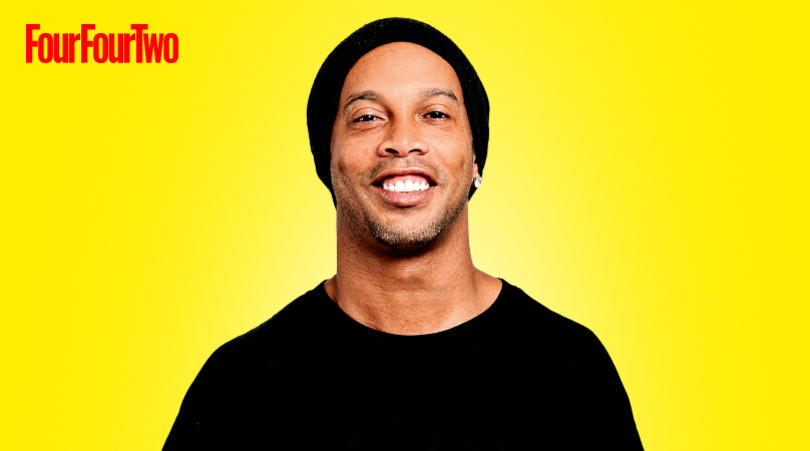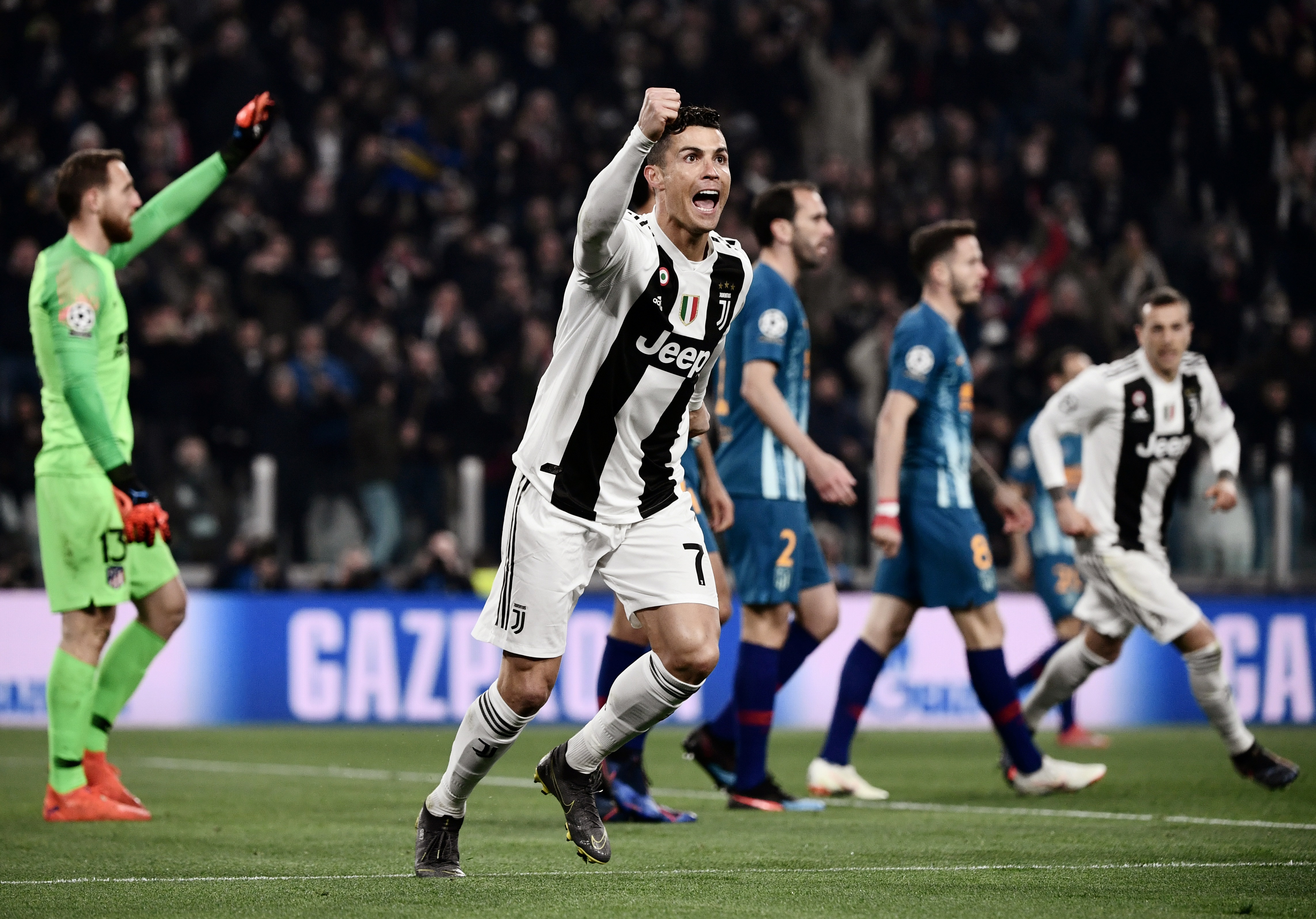Barcelona's Generation '87: When Messi, Cesc and Pique killed the competition at La Masia
In the early 2000s, three greats played in the same side at Barcelona’s La Masia academy for a season – and blew all of their rivals away
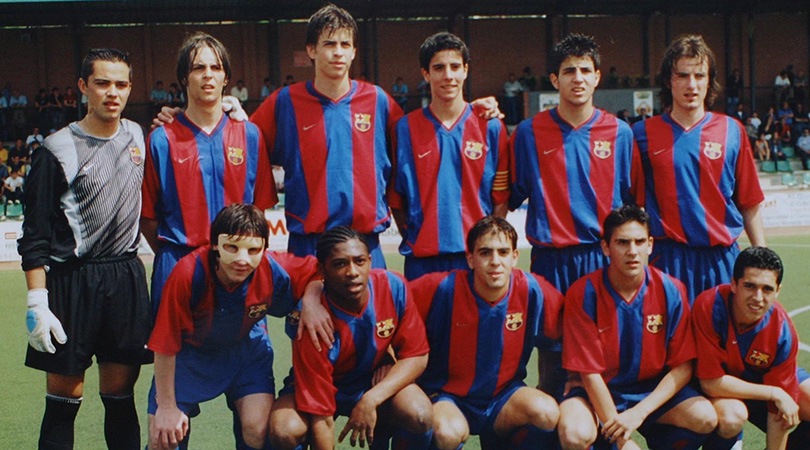
At 7.30pm on Friday June 4, 1976, the Sex Pistols changed the world. Inside Manchester’s Lesser Free Trade Hall, Johnny Rotten’s visceral punks produced a pick-up gig so vital that everyone in attendance was compelled to form Joy Division, New Order, Buzzcocks, The Fall, The Smiths and, er, Simply Red.
Whole books have been devoted to Manchester’s musical epiphany that night, while thousands of people fill internet message boards or bend the ear of anyone bored enough to listen, reciting the gig’s intricate details. Yet most estimates put the attendance at the most iconic of ‘I swear I was there’ moments at around 40. They just all happened to form a band, or a record label, or have written for the NME.
Only a similar number can legitimately lay claim to witnessing football’s equivalent. In 2002/03, Barcelona’s Cadete A side swept all before them, completing their U15s campaign unbeaten and winning the Catalan and Spanish league titles, as well as the Copa Catalunya. Yet thousands more claim to have seen potentially the greatest youth team ever in their one season playing together.
Forget about Xavi or Andres Iniesta’s La Masia vintages, or even the fabled Class of ’92 at Manchester United – Barcelona’s Generacion del ’87 is the go-to hipster spotter’s badge; a calling card for future greatness and world football legacy. Why? Three names: Gerard Pique, Cesc Fabregas and Lionel Messi.
One sunny Saturday back in 1997, the former Barcelona vice-president Amador Bernabeu turned up at the Blaugrana’s open day for promising young players with his nine-year-old, blond-haired grandson. “His name is Gerard,” he said to Albert Benaiges, a long-time friend – and future head of La Masia – who was then one of Barça’s many youth-team coaches. “Let me know what you think.”
Two hours later, Bernabeu had his answer. “The kid,” said Benaiges, “is a machine.”
Before long, Gerard Pique was joined by a similarly precocious nine-year-old midfielder from Arenys de Mar, a sleepy little town 45 minutes up the coast from Barcelona. So good was Francesc Fabregas Soler, his coach for local club Mataro refused to select him for matches against Barcelona in a vain attempt to hide him from Blaugrana scouts. The ruse didn’t last long.
Get FourFourTwo Newsletter
The best features, fun and footballing quizzes, straight to your inbox every week.
In December 2000, the last piece of Generacion del 87’s jigsaw was put into place. “I, Charly Rexach,” wrote the former striker on the back of a napkin after witnessing five minutes of a tiny Argentine’s trial, “in my capacity as technical secretary for FC Barcelona, and despite the existence of some opinions against it, commit to signing Lionel Messi as long as the conditions agreed are met.”
Deposited from Rosario, Argentina, to Barcelona, Messi struggled to integrate amid ankle and registration problems. He ate and trained with his team-mates at La Masia – the country house where the majority of academy players from outside the city resided – but lived with his father, Jorge, in a flat in the Camp Nou’s shadows on Gran Via de Carles III.
“We thought he was mute,” Fabregas later recalled. “Until he picked up the ball, and then any doubts were gone,” interjected Pique. Messi still calls the central defender ‘elamo’, ‘the boss’, because it was often he who acted as the Flea’s on-field minder. Increasingly, Messi came out of his shell, most notably during the prestigious 2002 Maestrelli tournament in Italy – his first with Barcelona. The team’s four captains – Fabregas, Pique, Marc Valiente and Victor Vazquez – would always play a prank on the newest member of the squad, as a sort of welcome to the fold.
“When we arrived at the hotel, Messi had brought his PlayStation with him and went to his room with Cesc, who he was sharing with,” recalls Vazquez, the team’s centre-forward and most creative player after the Argentine. “Pique decided to go and take everything out of his room, as if it had been robbed. We went down for dinner and Gerard arrived late, as they had ransacked it.
“They took out the bed, his PlayStation, kitbag – literally everything. After we had eaten, everyone went back up to their rooms and Cesc and a couple of other players recorded Messi going into his room. He stood stock-still. His face was a picture! He didn’t know what to say, because he was quite a shy lad, and so he just put his hands on his head. Then we told him it was something that we did to every new player. He really opened up after that.”
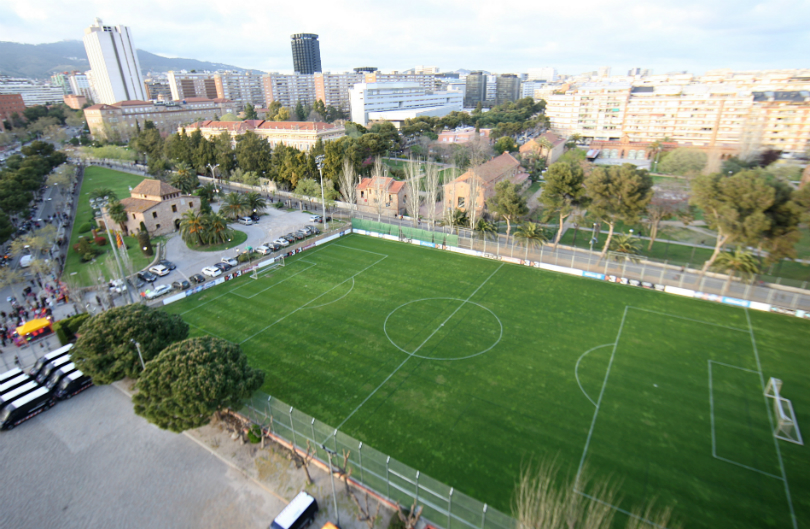
Indeed, by the end of the trip – Barcelona having beaten Parma in the final – it was Messi cracking the jokes.
“After that, he was totally different,” midfielder Julio de Dios tells FFT. “He was making jokes, and I think he got Pique back with some prank. ‘Now Messi’s arrived!’ we’d say, patting him on the back. From that moment he became one of us. We were a cohort of brothers.”
People of the house
It was as U14s in the Cadete B 2001/02 season that the team began to truly flower, aping the 3-4-3 formation which had been popularised by Johan Cruyff’s Dream Team that won Barça’s first European Cup in 1991/92.
“There was such talent in that team,” remembers Julio de Dios. “Valiente was so calm in defence, Toni Calvo was a right-winger with real pace, Sito Riera is now playing in the Polish top flight, Franck Songo’o had raw talent and Victor Vazquez was probably the best technician.
“But you could see Messi, Cesc and Pique had something that the rest of us didn’t – an extra ‘plus’, without doubt. We’d even smash teams older than us by seven or eight.”
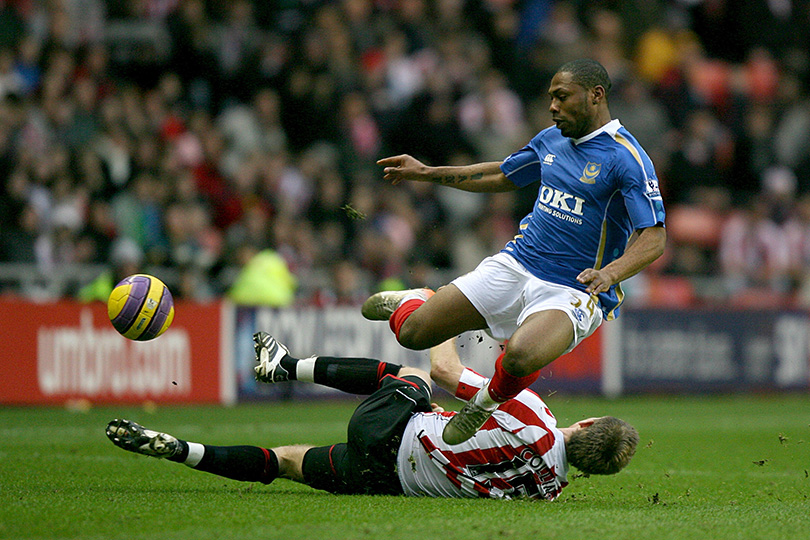
That season, Barcelona won the regional league (the Preferente Catalana) ahead of Espanyol’s Cadete A. It was the first time that a youth team playing above their age group had achieved the feat. Continuity, as well as talent, was vital.
“We had such a settled team, and every coach had got the same idea of playing,” explains Victor Vazquez, who now plays alongside Sebastian Giovinco for MLS outfit Toronto. “I started when I was 12 under Rodolfo Borrell, and he, Albert Benaiges and Tito Vilanova were gentede la casa – ‘people of the house’. That makes it all so much easier, because nothing changes from year to year so you know exactly what is expected of you.”
Crucially, Vilanova – Barcelona’s title-winning manager in 2012/13 who tragically died from cancer in 2014, aged 45 – helped cultivate the players’ competitive edge, despite the ease with which la Generacion del 87 won the majority of the matches.
“I remember a game in which we were winning 3-0 after only three minutes,” Vilanova told author Marti Perarnau in The Champions’ Way: From La Masia to Camp Nou. “It’s almost impossible, mathematically. I turned to my assistant and said, ‘And now what do we tell them? What can you say at the break when they’re winning 8-0?”
Self-improvement would become the watchword. Tall, athletic and with superb technique, Pique was the sort of defender that Barcelona very rarely produced, but there was one problem: he was terrible in the air. Put simply, he never had to head the ball as he hardly ever had to actually defend. For the entire Cadete B season in 2001/02, Pique carried out a personalised heading coaching programme – from a standing start or with a run-up, with or without several obstacles or defenders, and even with a few benches in the way to manoeuvre around – until he was as dominant in the air as he was with his feet.
“We knew what was expected of us,” midfielder Victor Vazquez explains to FFT. “We never relaxed, because the ultimate goal was to make the first team. Matchday was always the best time of the week, because we got to play against people we didn’t know and could show how good we were.”
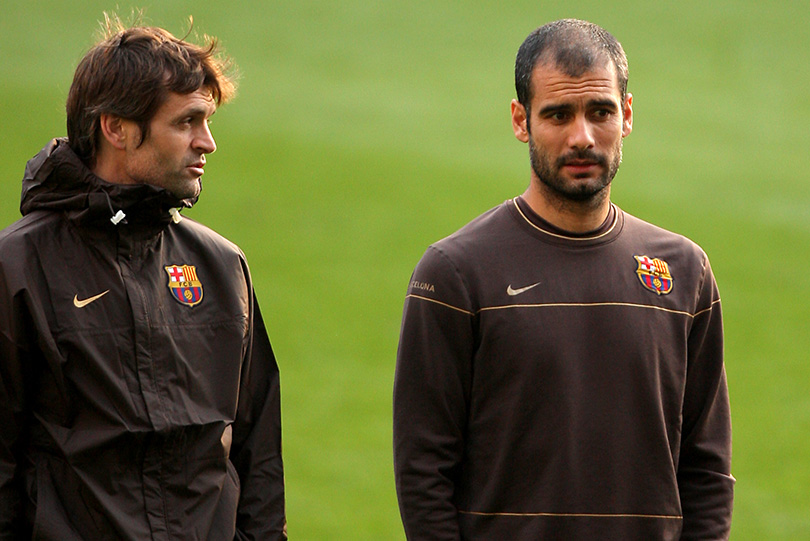
To do that, they would have to put in the work away from the pitch too, at Leon XIII, the school which every La Masia resident attended.
“I’m not going to lie: studying was the last thing anyone wanted to do,” Julio de Dios tells FFT, before revealing that Cesc Fabregas was the class swot and ‘pretty good at school’. “We had to achieve decent marks; otherwise, the coaches wouldn’t let us play matches on Saturday mornings.”
On and off the pitch, by the time la Generacion del ’87 graduated to Alex Garcia’s Cadete A for the 2002/03 campaign, the seeds had been sown for the record-breaking campaign that would follow.
“It was a question of how many goals we’d score, not whether we’d win,” recalls Victor Vazquez. “We’d win games 10- or 15-0. “Me and Messi used to have competitions between the two of us to see who could score the most goals in each game. Pique and Cesc would keep themselves occupied by trying to outscore each other. It was the most interesting way to keep ourselves motivated.”
The yearned-for ones
Throughout their main league season in Catalonia, the side went unbeaten. Full-back Oriol Palencia recalls winning one game 22-0; Fabregas remembers a 32-0. Ultimately, this was a team made up of friends who would play, fight and socialise together. After their training session in the early evening, the players would go and eat their meal at 8pm before having two hours of free time.
PlayStation tournaments were the norm. Taking about a week to complete, and involving every member of the youth teams, they would often see everyone huddled around the computer screen.
“Fabregas was pretty good and so was Pique,” recalls Julio de Dios. “But Messi was a disaster! As time went on, he did get better, but he was terrible at the beginning. On the PlayStation he was awful, but on the pitch he was the best.”
Did such togetherness away from football help to make them a team?
“Of course it did, it was fundamental,” continues Julio de Dios. “I’m from Andalusia in the south of Spain so Cesc used to invite me over to his house at the weekends, as La Masia could get lonely for those of us who weren’t from Catalonia. I’ll always be thankful to him and his father for making me feel welcome.”
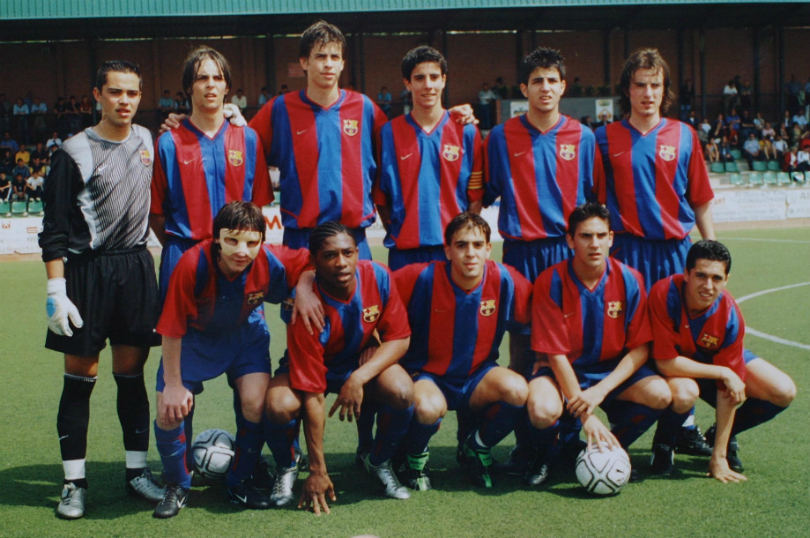
With Messi at its head, scoring more than 40 goals during the only season that he played for one age group in its entirety, this band of 15-year-old brothers became known as Las Ansias (‘The Yearned-For Ones’) by their coach, Alex Garcia.
“It was such an extraordinary group, with born winners,” reflected Garcia, who still works for the club today. “That generation will never be repeated. You had the best mixture possible: incredibly talented players with very good players, who had all played together from the Avelines [U11 side] upwards. It was an armada of talent.”
One game from that season has become infamous: the final of the Copa Catalunya against Espanyol on May 4, 2003. The fixture is now known as ‘elpartidode la mascara’ – ‘the game of the mask’.
A week earlier, la Generacion del ’87 had confirmed their Catalan league title against the same opposition, but not without incident. Barcelona’s city rivals had broken Messi’s cheekbone, and the club doctor allowed the Flea to play in the cup final only if he agreed to wear the same protective mask that first-team centre-back Carles Puyol had sported earlier that year.
After five minutes, Messi walked over to his midfield team-mate, Julio de Dios. “Listen,” he said, “I’m taking this off. I don’t care if they break me – I can’t play in it.”
Messi took off the mask and carried it in his hand for the game’s next move, then walked over to the bench and tossed it to one side. “Don’t worry, boss,” he said to Garcia, promising he’d come off at half-time. “Nothing will happen.”
Only it did. Messi scored twice, the second one a glorious solo goal past three defenders, as Barcelona went into the break 3-0 up (Pique added the third). As promised, Messi came off. The match, which De Dios reveals was “as physical as youth football gets”, finished 4-1.
“At elpartidode la mascara,” Garcia recalled, “I found out that Messi understood football not only as a game but as a collective effort. That day, he showed he was willing to do anything to win.”
However, that Copa Catalunya final was important for another reason: it was the last time that Pique, Messi and Fabregas played together until the latter rejoined Barcelona from Arsenal in 2011. Six weeks after the match, Barça’s legendary Cadete A side beat Athletic Bilbao 2-1 in the Spanish championship final, with Fabregas voted player of the tournament, but Messi was absent. Trouble was brewing with the treble-winners.
Fabregas played that tournament in Albacete knowing it would be his last, with a deal taking him to Arsenal that summer all but done. Xavi and Andres Iniesta were approaching their prime, and Arsene Wenger’s promise that a 16-year-old Fabregas would immediately train with the Gunners’ first-team squad was too good to turn down.
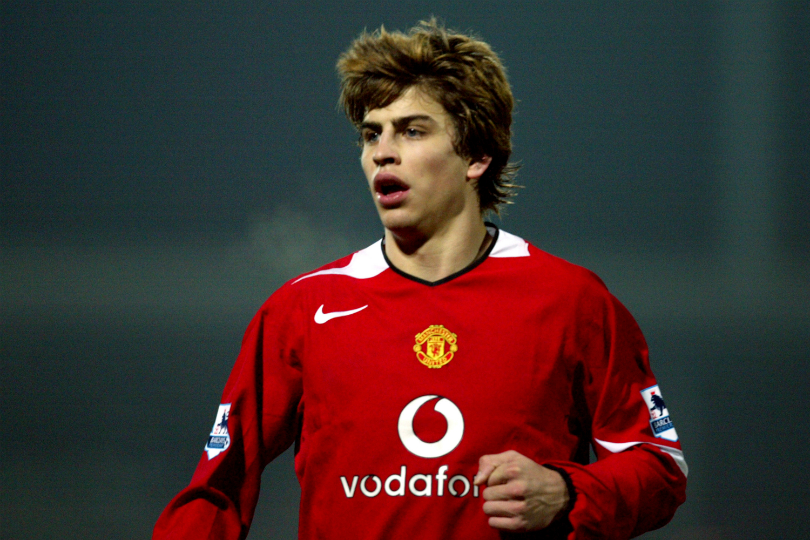
Unbeknownst to the club, Pique was talking to Manchester United, who would offer him his first professional contract the following year. And Messi was also on the move, albeit internally. In 2003/04, the season after that treble of Spanish and Catalan league crowns and the Copa Catalunya, he played for five different teams – Juvenil B, Juvenil A, Barcelona C, Barcelona B and for the first team in a friendly against Jose Mourinho’s Porto – as the club fast-tracked their brightest prospect to ensure there was no chance of him growing impatient.
“I stayed and tried to keep the dream of that team going for as long as I could,” Vazquez tells FFT, “hoping to one day play in the first team with the difference-maker, Leo, again. It took me a little longer to get there, but I’m very proud that I did.”
Fifteen years have now passed since la Generacion del ’87 began making history, during which time even La Masia – the symbol of the Barcelona cantera – has been replaced by a shiny new complex at the Blaugrana’s revamped training ground. Yet, when Fabregas talks of those days being “the best of my life”, he isn’t the only one.
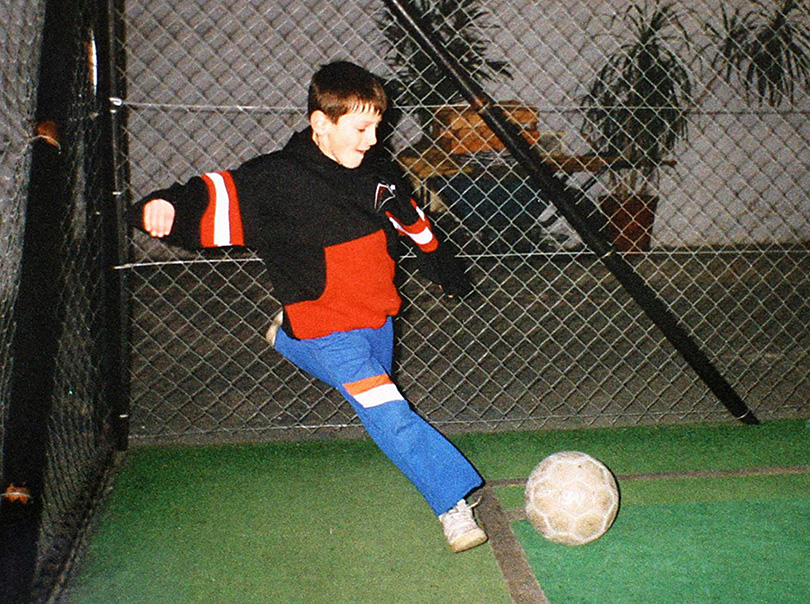
“I have great memories of that time that I will never forget,” says Julio de Dios, now of third-tier Jumilla. “I’ve played with some of the best players in the world – not many people can say that, can they?
“Nowadays, the relationship’s a bit more fluid and it’s more difficult to stay in touch with everyone around the world, but whenever we see each other it’s just like when we were kids.”
The overriding feeling for the players from this Cadete A collection is one of pride: at what they managed to achieve; at sharing a pitch with future greats; at the legacy they all share.
“It was a privilege,” concludes Victor Vazquez. “I’ve played in the first team, and scored, with one of my best friends – Lionel Messi.
“I take the Barcelona name with me wherever I go. Let’s face it, the reason I’m talking to you is because of that.”
Just like the Sex Pistols in 1976, far fewer people than those who swear they were there actually saw it – 1,000 were at elpartidode mascara, though cantera attendances rarely got above the 50 mark. But those who did see it witnessed the future.
“I’m so grateful to Barcelona and to my other Generacion del ’87 team-mates for teaching me everything I know about football,” says Julio de Dios. “I came from a small town of 30,000 people, thinking that I could play. I arrived at La Masia knowing just how much I had to learn, and I knew the sort of person I wanted to be in life because of the seven years I was there.”
And that’s the best legacy any generation could possibly have. Perhaps not even the Sex Pistols managed that.
This feature originally appeared in the July 2017 issue of FourFourTwo. Subscribe!
Andrew Murray is a freelance journalist, who regularly contributes to both the FourFourTwo magazine and website. Formerly a senior staff writer at FFT and a fluent Spanish speaker, he has interviewed major names such as Virgil van Dijk, Mohamed Salah, Sergio Aguero and Xavi. He was also named PPA New Consumer Journalist of the Year 2015.
